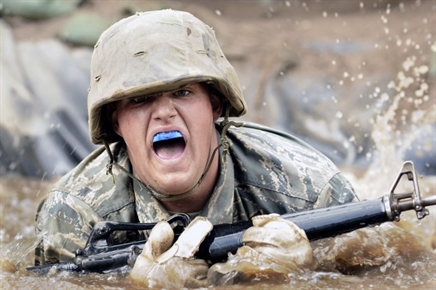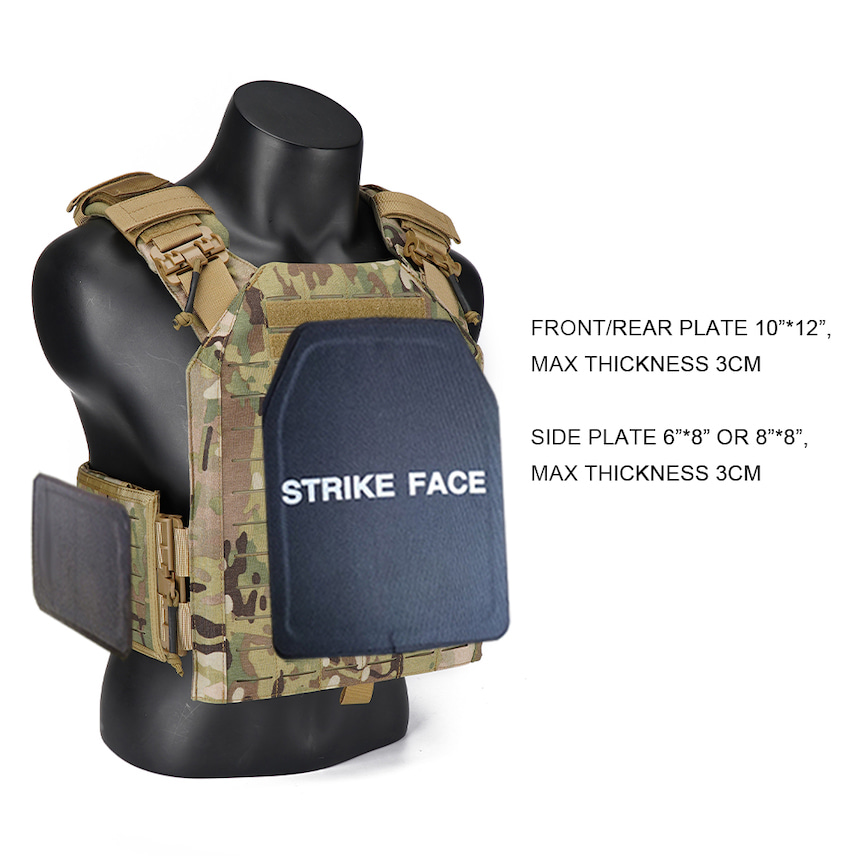
Don’t Lose Your Head – Choosing the Best Helmet For You
Don’t Lose Your Head – Choosing the Best Helmet For You
Digging into the History of Helmet Technology
Combat helmets have come a long way since their inception.
1900’s – 1970’s
In the early 1900’s the helmet was just a steel protector that could guard against bumps, shrapnel and debris.
These helmets were better than not having any protection at all, but were also very heavy, uncomfortable, and unable to stop actual life-threatening dangers.
See the two most popular models here from World War 1:
Brodie – “Effectively an overturned metal dish weighing about 1.3 pounds” read more.
M1 – “A slight brim on its front to keep precipitation off a soldier’s face and a slightly lipped rim all the way around” read more.
Things changed rapidly in 1965 when Dupont chemist Stephanie Kwolek invented Kevlar!
Kevlar – a synthetic ballistic fiber bonded with a synthetic polymer resin is often considered stronger than steel and has the ability to stop most bullets and shrapnel from penetration.
With this grand discovery the next helmet was born.
1970’s – 2000’s
The Personal Armor System for Ground Troops otherwise known as PASGT was the next helmet to hit the market.
This design allowed for coverage of the ears and the back of the skull all the way to the nape of the neck. The PASGT’s protective qualities, due to the Kevlar exterior, proved a vast protective improvement over the M1. While still not perfect at stopping close-range bullets and shrapnel and shell fragments, the helmet’s provision of safety was recognized as a huge leap forward.
See Photo: PAGST
With time, more updates were identified and the army once again made enhancements to give soldiers a helmet with more configuration for accessories such as ear communication headsets.
Level III-A ballistics armoring, available in 4 sizes and 8 colors in EDI-USA’s Catalog.
2000’s – Current
The Modular Integrated Communications Helmet, otherwise known as MICH was born.
See Photo: MICH
This is a military favorite and staple for active members.
The MICH offered reduced weight, improved fit, and more effective protection against handgun rounds. Complies with level III-A ballistics armoring, interior trauma pads, side rails for attachments, and available in 4 sizes and 8 colors in EDI-USA’s Catalog.
Then…
Special Operations realized they needed something better suited for their line of duty so they too went back to research and development to start building their perfect helmet.
The Future Assault Shell Technology, otherwise known as FAST was then born.
Extremely lightweight, level III-A ballistics armoring, side rails, front shroud mount, ear space for audio communications, available in 3 sizes and 8 colors in EDI-USA’s Catalog.
Designed for special operations forces, features an integrated mount for night vision, built-in retention lanyards, mounting platform for accessories.
Mount ability of task lights, hearing protection, communication accessories, face protection, oxygen systems, video cameras, and numerous other devices.
Here is am interesting video if the history of military helmets, they even do practice shots on them at the 7 minute mark!
EDI-USA Manufactures The Helmets Your Team Needs
Look At Our Helmet Selection Here: Catalog
Contact Us For Help in Deciding For Your Team!
If you would like additional guidance to choose the best products for your team please contact us, we are confident that we can deliver all of your tactical customization needs.
EDI-USA













